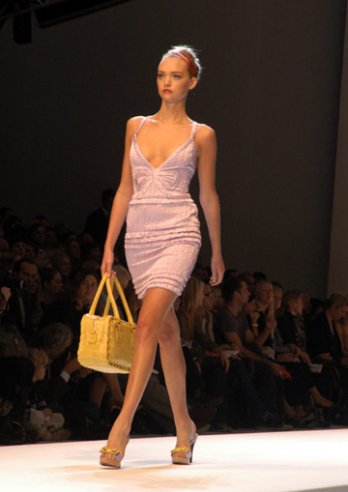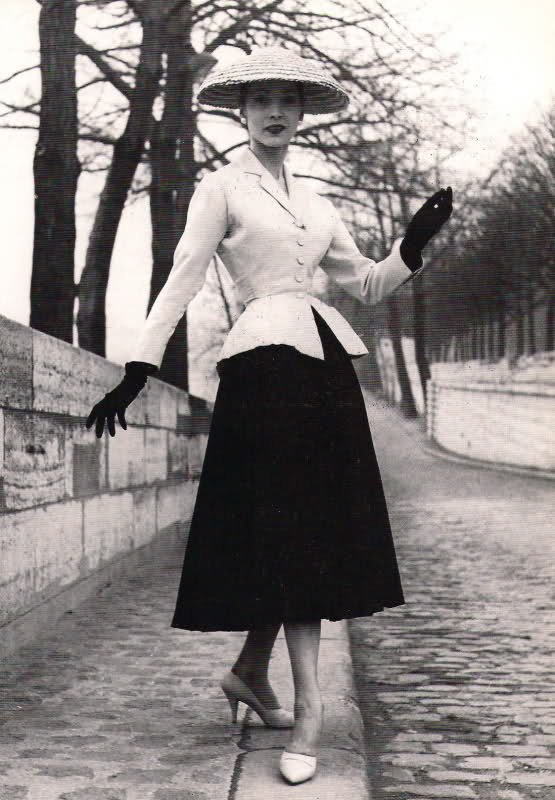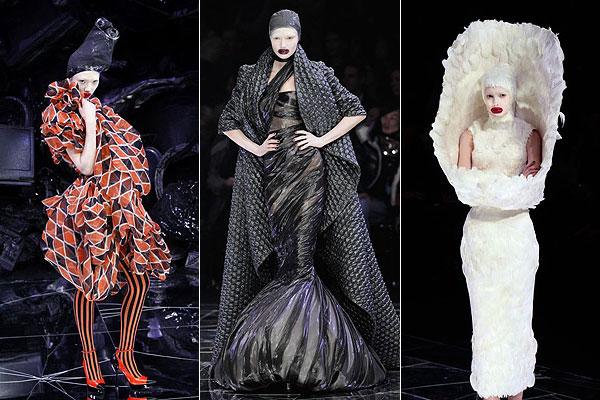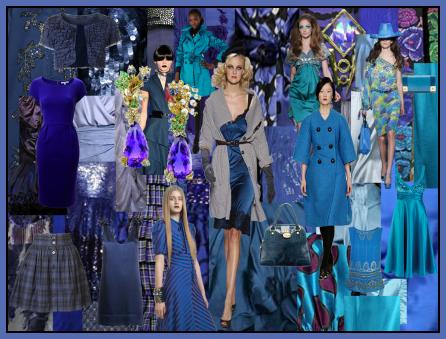High Street - The term "High Street" is used to describe stores found on a typical high street to differentiate them from more specialised, exclusive and expensive outlets (often independent stores) — for example, "High Street banks" (instead of the less-common private or investment banks) or "High Street shops" (instead of boutiques).
Haute couture (/ˌoʊt kuːˈtʊər/; French pronunciation: [ot ku'tyʁ]; French for "high sewing" or "high dressmaking" or "high fashion") refers to the creation of exclusive custom-fitted clothing. Haute couture is made to order for a specific customer, and it is usually made from high-quality, expensive fabric and sewn with extreme attention to detail and finished by the most experienced and capable seamstresses, often using time-consuming, hand-executed techniques.
Ready-to-wear or prêt-à-porter (pronounced: [pʁɛ.ta pɔʁ.te]; often abbreviated RTW; "off-the-rack" or "off-the-peg" in casual use) is the term for factory-made clothing, sold in finished condition, in standardized sizes, as distinct from made to measure or bespoke clothing tailored to a particular person's frame. Off-the-peg is sometimes used for items which are not clothing, such as handbags.
Ready-to-wear has rather different connotations in the spheres of fashion and classic clothing. In the fashion industry, designers produce ready-to-wear clothing intended to be worn without significant alteration, because clothing made to standard sizes fits most people. They use standard patterns, factory equipment, and faster construction techniques to keep costs low, compared to a custom-sewn version of the same item. Some fashion houses and fashion designers produce mass-produced and industrially manufactured ready-to-wear lines, while others offer garments that, while not unique, are produced in limited numbers.
Charles Frederick Worth:
Christian Dior:
Fast Fashion
Designer Typology:
Mavericks:
Low market responsiveness, low concern with what people think
Lead rather than follow, set the tone for other design houses
Leaders: low concern for what peers think, high market responsiveness
Interpreters: high concern for peers, high market responsivenes
Reproducers: low concern for peers, high market responsiveness
Research and Idea Generation
Market analysis and research
Trade shows
Fabric and thread shows
Comparative shopping
Trends
Micro TrendsMacro Trends
Customer segmentation
Trend Forcasting
PeclersCool Hunting

.jpg)

.jpg)




















No comments:
Post a Comment